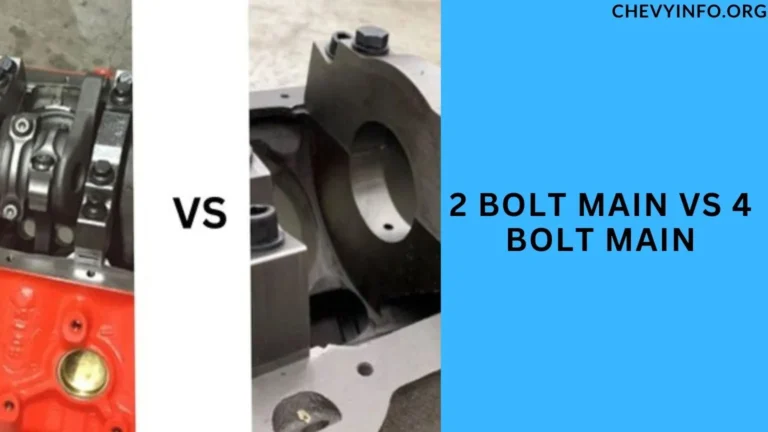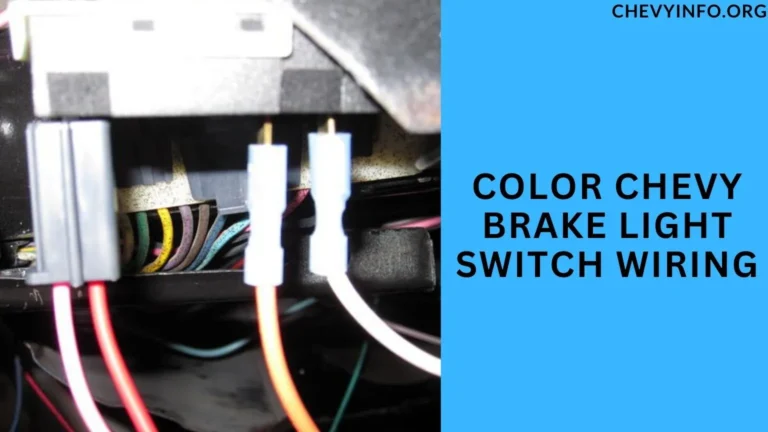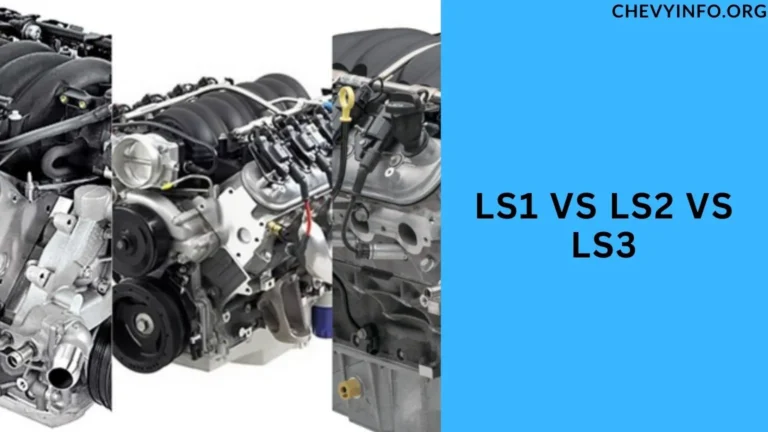Foaming Transmission Fluid (Mean, Causes & Fix) of 2024
Transmission fluid plays a crucial role in the smooth operation of a vehicle’s transmission system.
It serves as a lubricant, coolant, and hydraulic fluid, ensuring that gears shift smoothly and the transmission components remain protected.
Foaming Transmission Fluid, However, when transmission fluid starts foaming, it can lead to various issues that affect the performance and longevity of the transmission system.
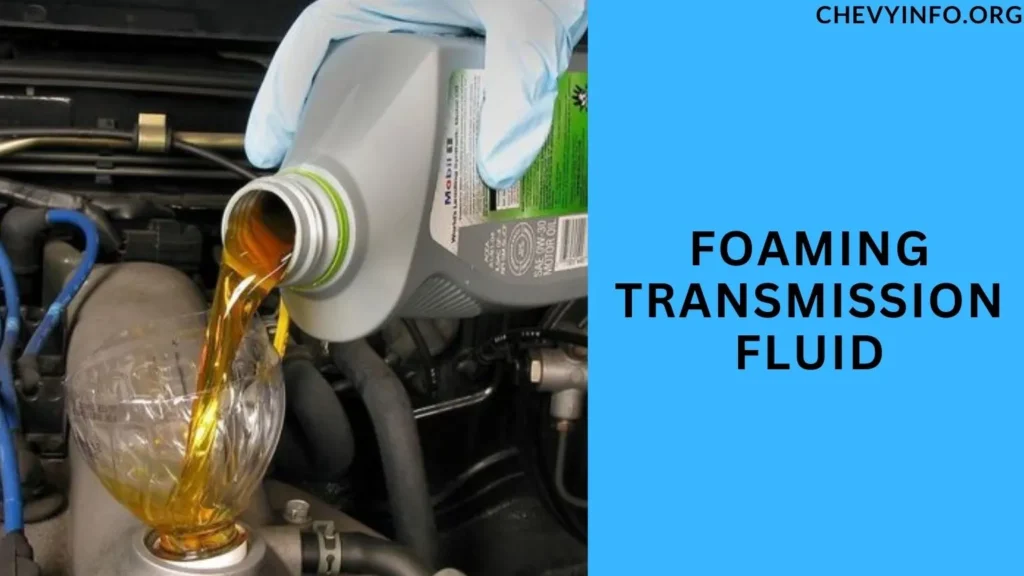
Introduction to Foaming Transmission Fluid
Transmission fluid is a specialized lubricant designed to withstand high temperatures and pressures within the transmission.
It typically contains additives to improve lubrication, reduce friction, and protect against wear and corrosion. Foaming occurs when air bubbles mix with the fluid, creating a frothy or bubbly consistency.
Causes of Foaming in Transmission Fluid
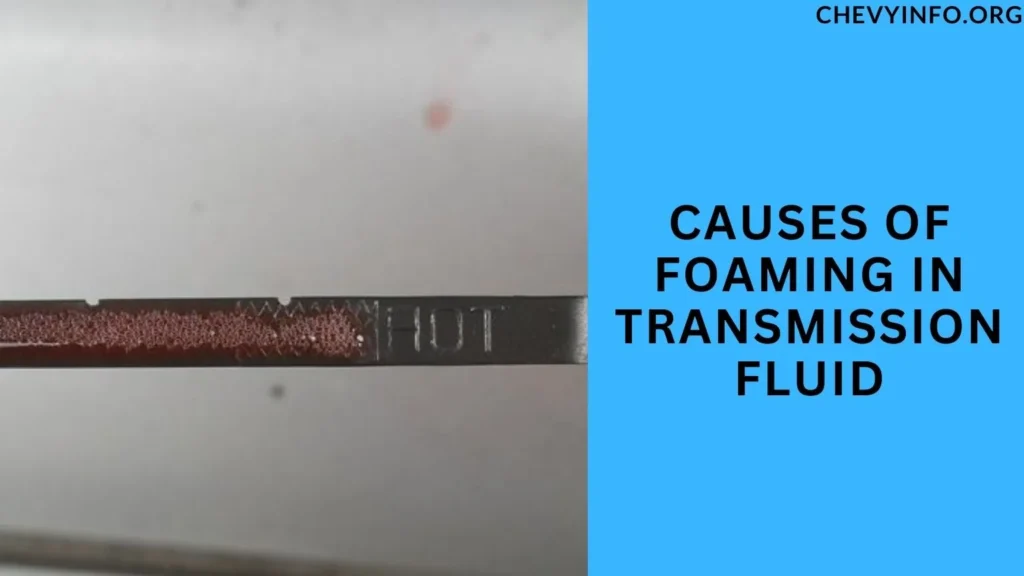
Foaming in transmission fluid can be caused by several factors, each of which can contribute to a range of issues affecting the performance and longevity of the transmission system.
Here are the primary causes of foaming in transmission fluid:
Overfilling the Transmission
Adding too much transmission fluid can lead to excessive turbulence inside the transmission housing. This turbulence can cause the fluid to aerate, forming air bubbles that result in foaming.
Aeration due to Leaks or Worn Seals
When there are leaks in the transmission system or if seals and gaskets are worn out, external air can enter the system. This air mixes with the fluid, causing it to foam.
Contamination with Other Fluids
Mixing incompatible fluids with transmission fluid or using low-quality fluids can introduce substances that promote foaming. These contaminants can disrupt the fluid’s properties and lead to foaming issues.
Aggressive Driving or Operating Conditions
Extreme driving conditions, such as towing heavy loads, driving at high speeds for extended periods, or driving in hot climates, can increase the operating temperature of the transmission. Elevated temperatures can contribute to fluid breakdown and foaming.
Incorrect Fluid Type or Quality
Using the wrong type of transmission fluid or low-quality fluid that doesn’t meet the manufacturer’s specifications can result in foaming.
Different vehicles require specific types of transmission fluid to ensure optimal performance and minimize foaming risks.
Foam Accumulation Over Time
As transmission fluid ages and accumulates contaminants, its ability to resist foaming can decrease.
Regular maintenance, including fluid changes at recommended intervals, helps prevent excessive foaming due to deteriorated fluid quality.
Effects of Foaming on Transmission Performance
Foaming can have several detrimental effects on the transmission system:
- Reduced lubrication efficiency: Air bubbles in the fluid reduce its ability to lubricate transmission components effectively.
- Increased operating temperature: Foaming can cause overheating, leading to accelerated wear and potential damage.
- Potential damage to transmission components: In severe cases, foaming can cause transmission components to wear out prematurely or fail.
Identifying Foaming in Transmission Fluid
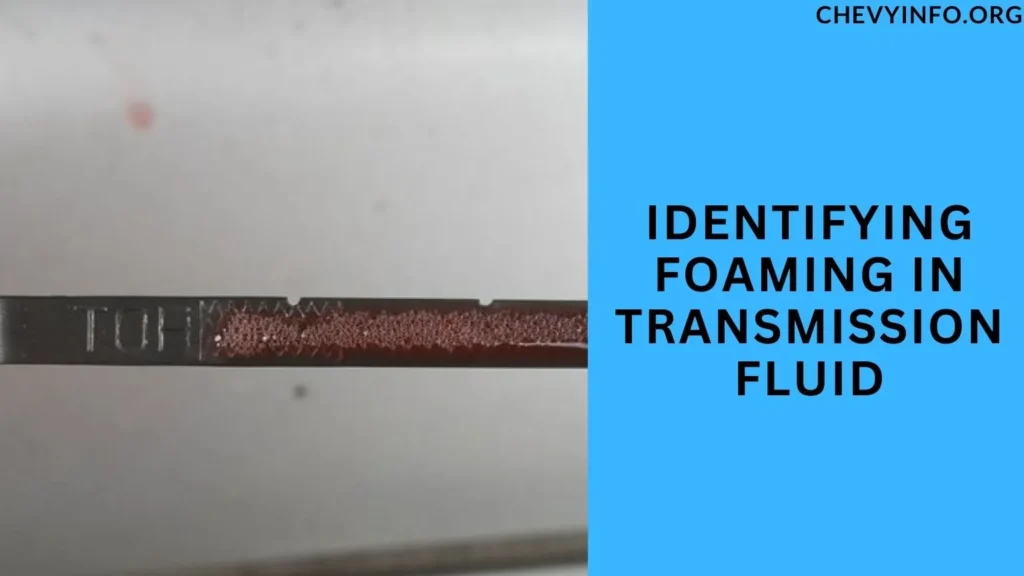
Drivers can detect foaming in transmission fluid through various signs:
- Visual inspection: Foaming fluid will appear bubbly or frothy when checked on the dipstick.
- Unusual noises: Foaming may cause whining or grinding noises during gear shifts.
- Monitoring transmission temperature: Foaming can contribute to higher transmission temperatures, which should be monitored closely.
Preventing Foaming in Transmission Fluid
To prevent foaming and maintain optimal transmission performance:
- Use the correct type and amount of fluid: Follow manufacturer recommendations for the right transmission fluid and avoid overfilling.
- Address leaks and worn seals promptly: Regularly inspect and repair any leaks or damaged seals to prevent air from entering the system.
- Regular maintenance and fluid checks: Schedule regular inspections and fluid changes as per the vehicle’s maintenance schedule.
Addressing Foaming Issues
If foaming is detected, it’s essential to take corrective action promptly:
- Draining and refilling transmission fluid: Replace foamy or contaminated fluid with fresh, high-quality transmission fluid.
- Repairing leaks or worn components: Address any underlying issues contributing to foaming, such as leaks or worn seals.
- Consulting a professional mechanic: If foaming persists or if there are concerns about transmission damage, seek expert advice and repair services.
People also ask
What makes transmission fluid foam?
Transmission fluid foams when air becomes trapped within the fluid, creating bubbles.
This can happen due to factors like overfilling the transmission, leaks or worn seals allowing air to enter, mixing incompatible fluids, aggressive driving conditions, or using incorrect fluid types.
Foaming reduces the fluid’s effectiveness in lubricating and cooling the transmission, potentially leading to performance issues and component damage.
Is it normal for transmission fluid to bubble?
Transmission fluid may have some bubbles after initial filling or during operation, which is normal.
However, excessive or persistent bubbling, especially when the vehicle is at rest,
can indicate issues like overfilling, leaks, or foaming, requiring investigation and potential corrective action to maintain optimal transmission performance.
Why is my transmission fluid brown and bubbly?
Brown and bubbly transmission fluid can indicate contamination with other fluids, such as engine oil or coolant, which may be leaking into the transmission.
This contamination can lead to foaming and reduced fluid effectiveness, potentially causing transmission issues.
It’s important to address the underlying cause and consider fluid replacement to maintain transmission health.
What are the symptoms of too much transmission fluid?
Symptoms of having too much transmission fluid include difficulty shifting gears, transmission slipping, overheating, and fluid leaks.
These issues can arise due to excessive fluid levels causing pressure buildup and fluid foaming, affecting the transmission’s performance and reliability.
Conclusion
In Conclusion, Foaming in transmission fluid can significantly impact the performance and reliability of a vehicle’s transmission system.
By understanding the causes, effects, and preventive measures, drivers can maintain optimal transmission health and avoid costly repairs.

Henry Worner, a seasoned automotive expert with over 13 years of experience in car repair, maintenance, and performance enhancement, ChevyInfo.org was born out of a passion for Chevrolet vehicles. Henry’s deep-rooted love for everything Chevy has driven him to create a platform where fellow enthusiasts, car owners, and anyone interested in Chevy cars can find valuable insights, tips, and guidance.



